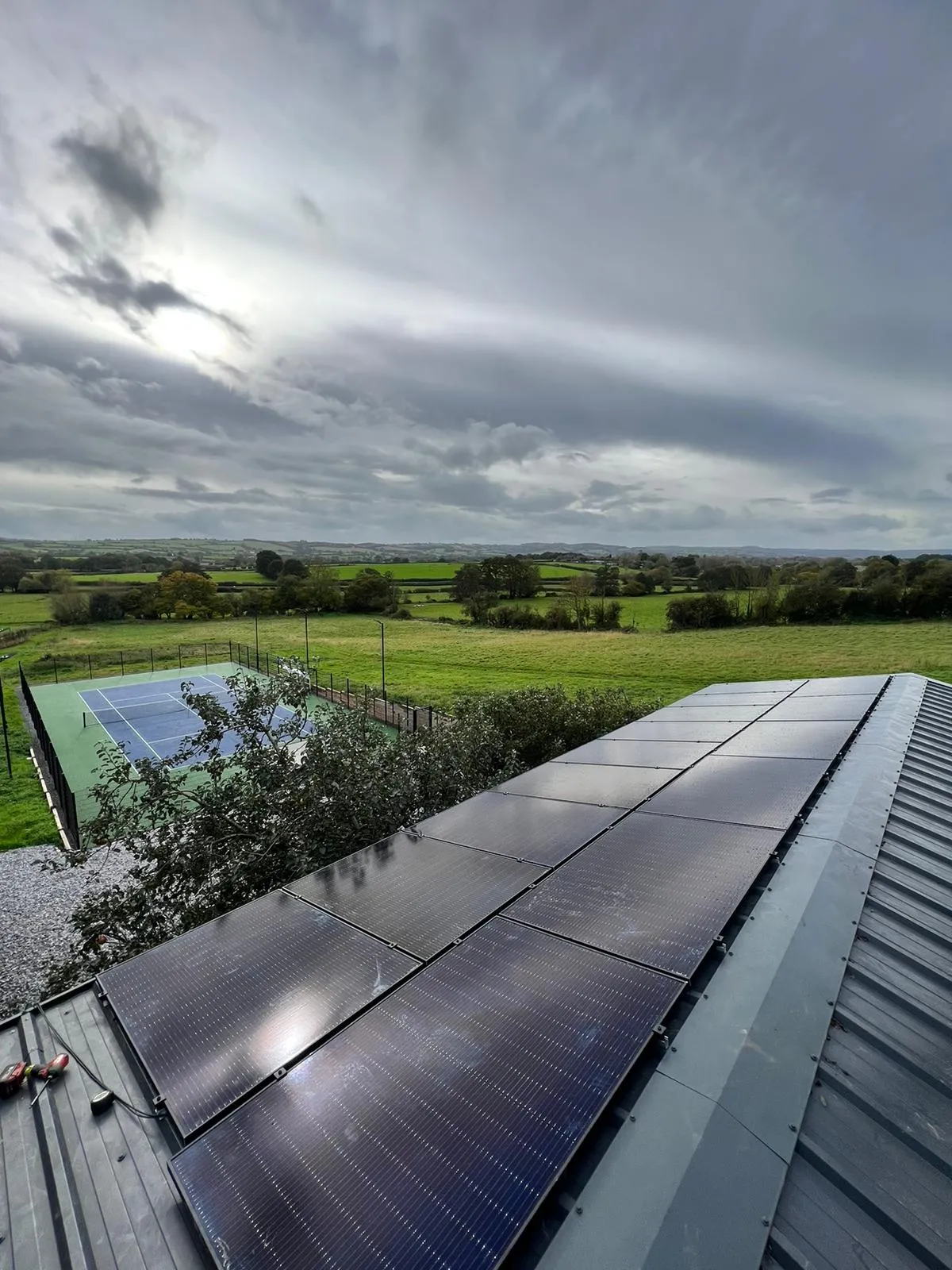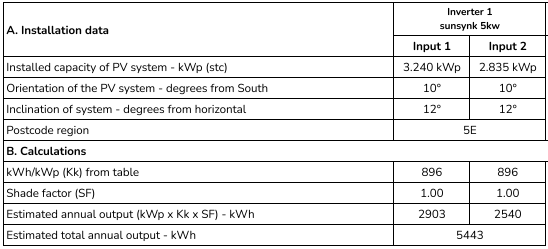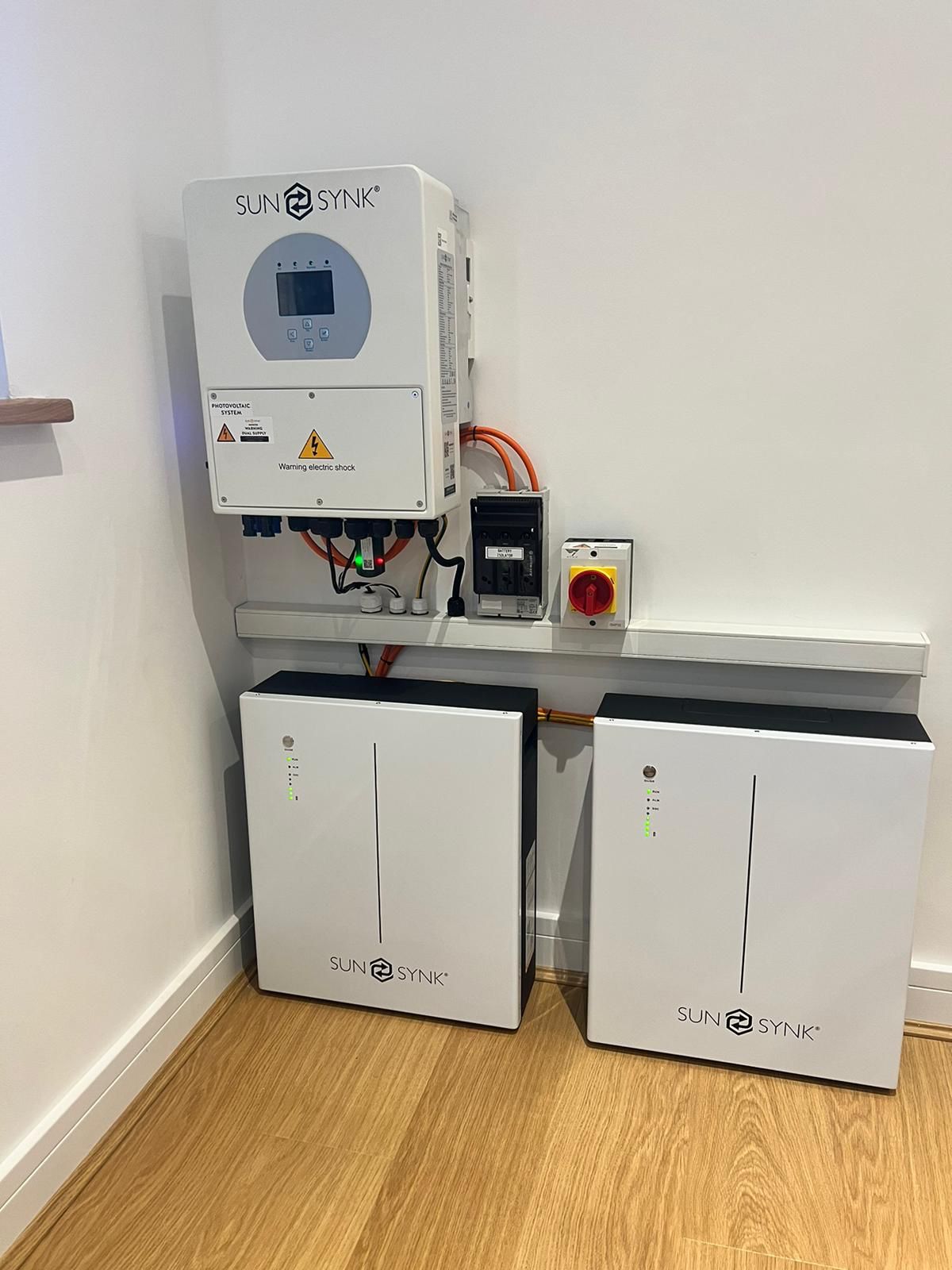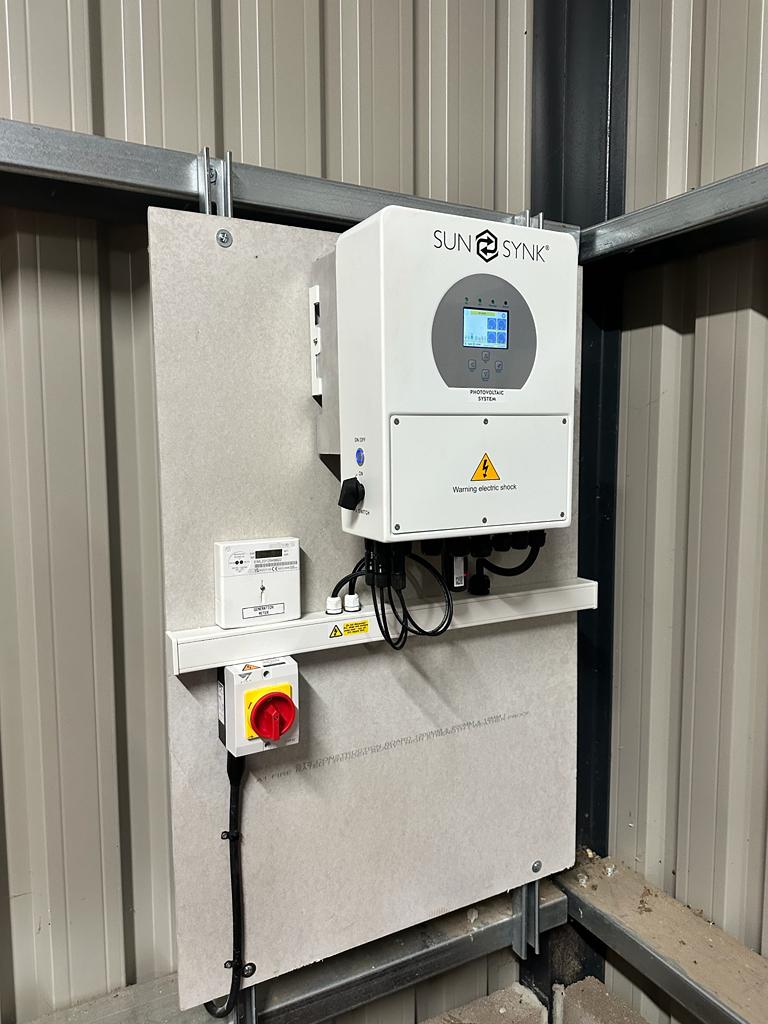

Southern Renewables was contacted by a customer who lives in Bridgewater, Somerset enquiring about the possibility and benefits of having Solar PV installed in their home.
We arranged a zoom meeting so we can get an understanding of their requirements and how we can help. 3 Years ago our electrical company carried out a full rewire of the property so we were aware of how the layout and could advise on possible installation locations.
Our customers were concerned with their rising energy costs and wanted to lower their dependency on the grid. We discussed the main areas of their electrical usage :
After the initial discussion on electricity usage, we went to work on possible designs and locations. Our customer has plans to reroof to main house roof so this wasn’t currently an option but at the bottom of the garden there’s an ideal south facing garden shed roof that our customer was happy for us to utilise.
After we had completed our survey we were able to specify the size and location of the Solar PV system required and also the battery storage requirements. Due to there being no possible route between the mains position and the garden shed we had to install the battery storage within the main house to allow the installation of the CT clamps, which is a vital piece of equipment for the system to work correctly.
The customer had plenty of questions on the benefits of battery storage and how the system would work with the solar panels being installed on the garden shed and the batteries being located in the house. We explained how the system would be set up and work and the benefits of charging the batteries from the grid between times where the electricity is cheaper.

After our zoom meeting and gathering of all the required information, I started the design process using our design software and we were able to gauge the correct amount of solar panels and battery storage required.
Once the design is completed we put together a design & quotation package for the customer to look over. They understandably had questions but overall were happy to go with what we believed to be the best fit for them and their house. We were delighted to receive confirmation from the customer that they would like us to provide them with a Solar PV installation so we moved to the next phase of the project.
Following acceptance we can put together the contract which is required under MCS (Micro Generation Certification). MCS is an organisation that creates and maintains standards relating to low-carbon products, installers and installations. MCS accreditation is a sign of excellence and high quality in a renewable energy installer. The contract consists of everything we need to supply and all the work to be undertaken.
Once a contract is signed and deposits cleared, we are then able to send the G99 application to the National Grid. The G99 application is required when either installing multiple 3.68kw systems within the same street/development at the same time or a single system above 3.68kw. The 3.68kw refers to either the A/C coupled battery storage or the inverter. The solar panels aren’t taken into consideration when applying for the G98 or G99 paperwork.
Due to the more complex design the national grid contacted us to go through the design to make sure they got it right and provided us with the correct approval. We worked with them to get this system accepted with the only requirement being we limited the export to 0 on the 3.6kw inverter located in the house. When we received the green light it allowed us to order the Solar PV panels, other materials, scaffolding and plan for the installation date. Installation dates were sent to our client for approval and purchase orders were sent to our suppliers.
Our first job when we arrived to start the installation was to agree the exact position of the batteries and inverters. An Inverter is required for numerous reasons, one being to convert the DC current generated by the solar panels into AC current. The inverter also diverts the AC or DC current to where it’s needed the most and this is all programmed in the commissioning stage. Once the locations were agreed we then went through how the inverters were going to be fixed to the building structure and possible cable containment between the inverter and solar panels. In the garden shed we decided to use uni strut and fire board which in my opinion fits in very well and looks great. In the main house we were lucky enough to have a clear wall which backed onto the mains room where the fuse board and mains were located. This made for a vert tidy job and we couldn’t of been happier with the outcome.


The fuseboard was up to current regulations so we could connect our system up to it which saved us time and our customer money. With all the hardware installed, we can then connect the system to the monitoring software. This has a really useful smartphone and tablet app that enables the customer to see what their daily generation and usage is and also set the batteries to control from the grid between different times and battery levels.
Following the completion of the project, we can monitor the system on our mobile app to make sure everything is working exactly as it should. We have been in contact on numerous occasions with our client to help them understand and make the most of their solar PV system which they have been very appreciative of.